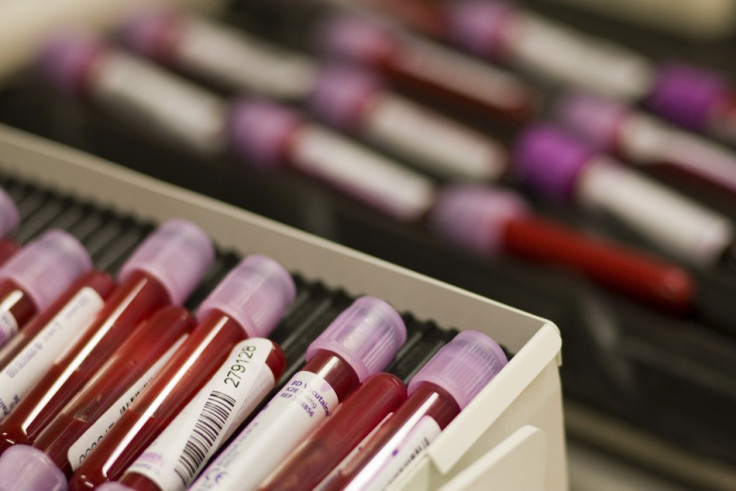Blood test can cut antibiotic use by quickly detecting source of infection

Scientists have hit upon a new blood test that can detect within two hours if bacteria or virus is the source of an infection and help cut down on unnecessary use of antibiotics.
Overuse of antibiotics is one of the reasons for growing resistance among pathogens leading to superbugs. Antibiotic resistance was termed by the World Health Organization as a major threat to public health in more than 100 countries.
The current study showed that the test could accurately tell the source of infection in a majority of the 300 samples.
Based on different protein pathways triggered by the pathogens, the test looks for a novel protein called Trail and two other proteins.
Trail is particularly high in viral infections and depleted during bacterial ones, reports BBC.
The findings of the scientists from several medical centres in Israel, and the company MeMed, are published in Plos One.
Some substances in blood offer clues to the pathogen but often they can be formed during both bacterial and viral infections.
The present method is a significant improvisation in pathogen detection and allows for informed clinical intervention and minimised use of antibiotics where needed.
Reasons for antibiotic resistance
Antibiotics work only against bacteria, with specific targets. But in many places across the globe, it is common for doctors to prescribe antibiotics for anything ranging from common cold to allergies.
It is also available over the counter in many places. As a result, many people use antibiotics in self-medication.
Resistance is developed in a family of bacteria when it is constantly exposed to a drug. Through mutations, it stays a few steps ahead of the drug leading to resistant strains.
According to the Centers for Disease Control and Prevention, over two million people are infected by drug-resistant bacteria every year, and 23,000 die of related infections.
Globally, antibiotic use has risen by 36% during the last decade with India leading the pack.
Penicillin was the first natural antibiotic derived from Penicillium, a fungus found commonly including in soil. But bacteria soon evolved to beat the drug.
Nine years after tetracycline was introduced in 1950, a resistant strain of Shigella evolved.
Methicillin-resistant Staphylococcus aureus (MRSA) emerged just two years after methicillin hit the market in 1960.
The last new antibiotic to be introduced was ceftaroline in 2010 and in a year, the first resistant staph germ emerged.
Last year, researchers from India reported cases of bacteria resistant to colistin -- the last resort drug available following resistance to the powerful carbapenems class of drugs.
Pharmaceutical companies do not often invest in antibiotics development due to poor returns on investment in contrast with drugs for chronic illnesses. Only two new antibiotics have been approved since 2009.
© Copyright IBTimes 2024. All rights reserved.








